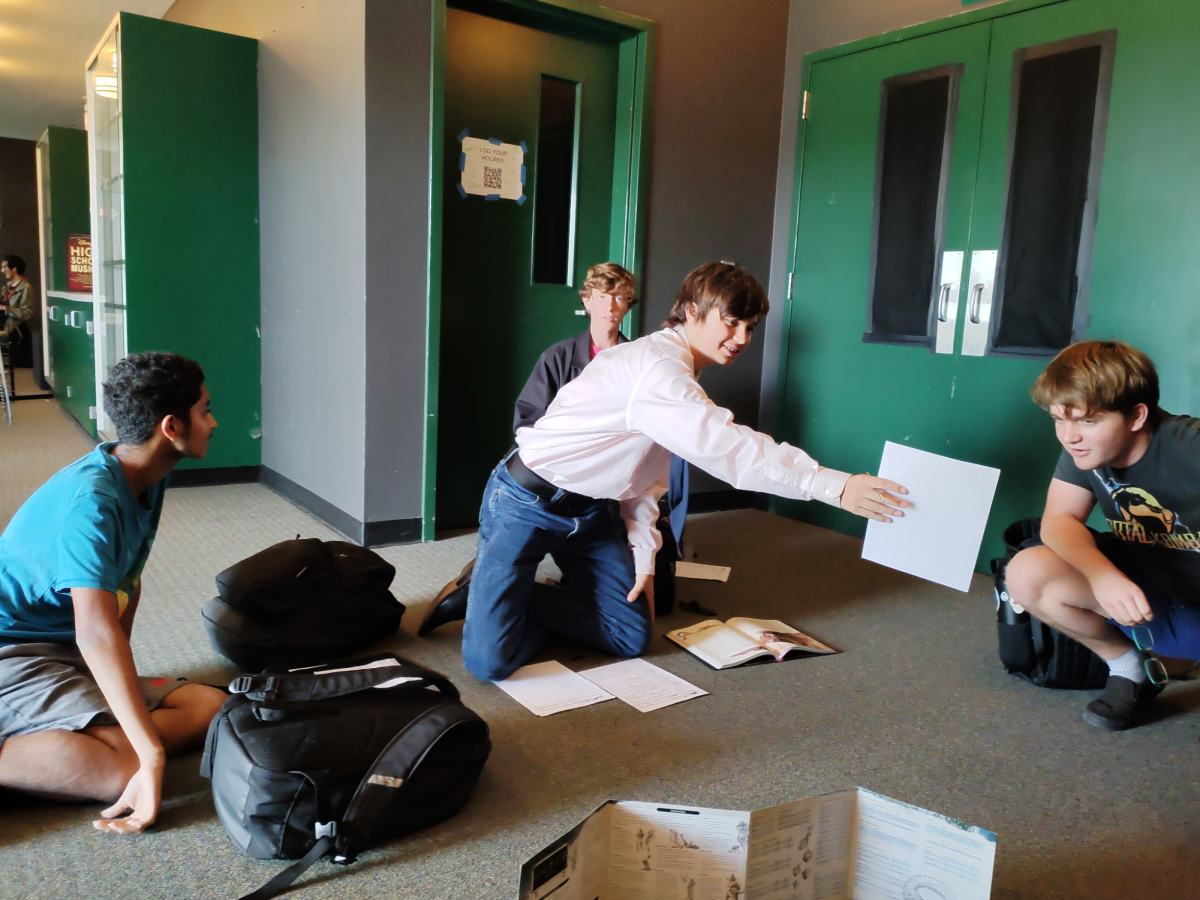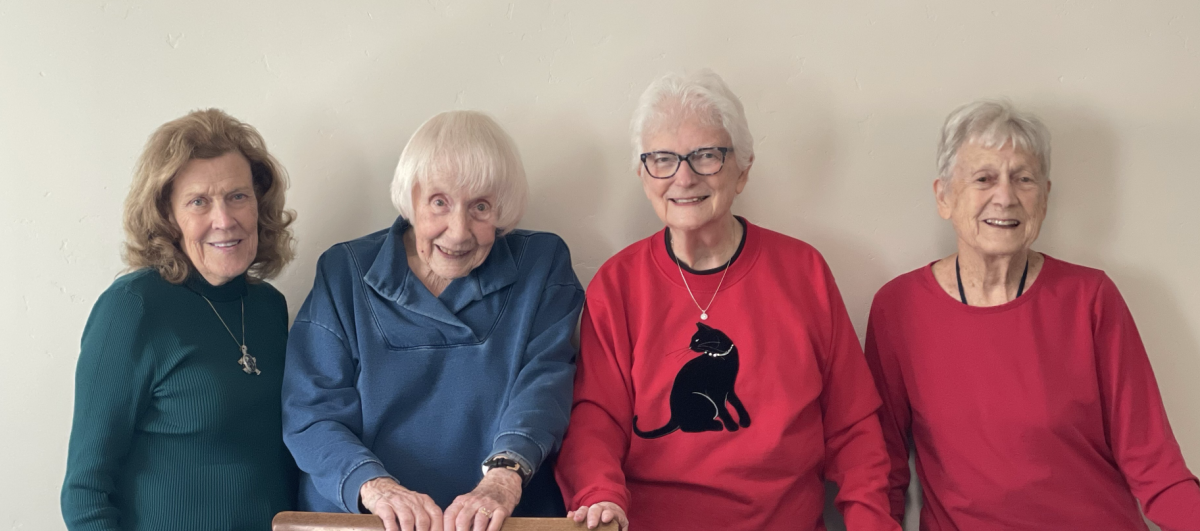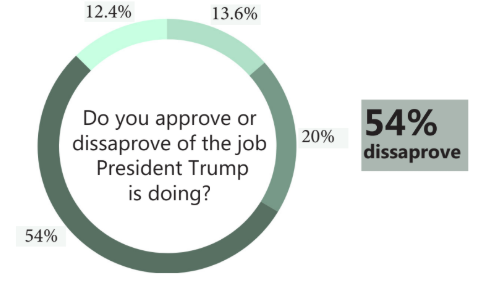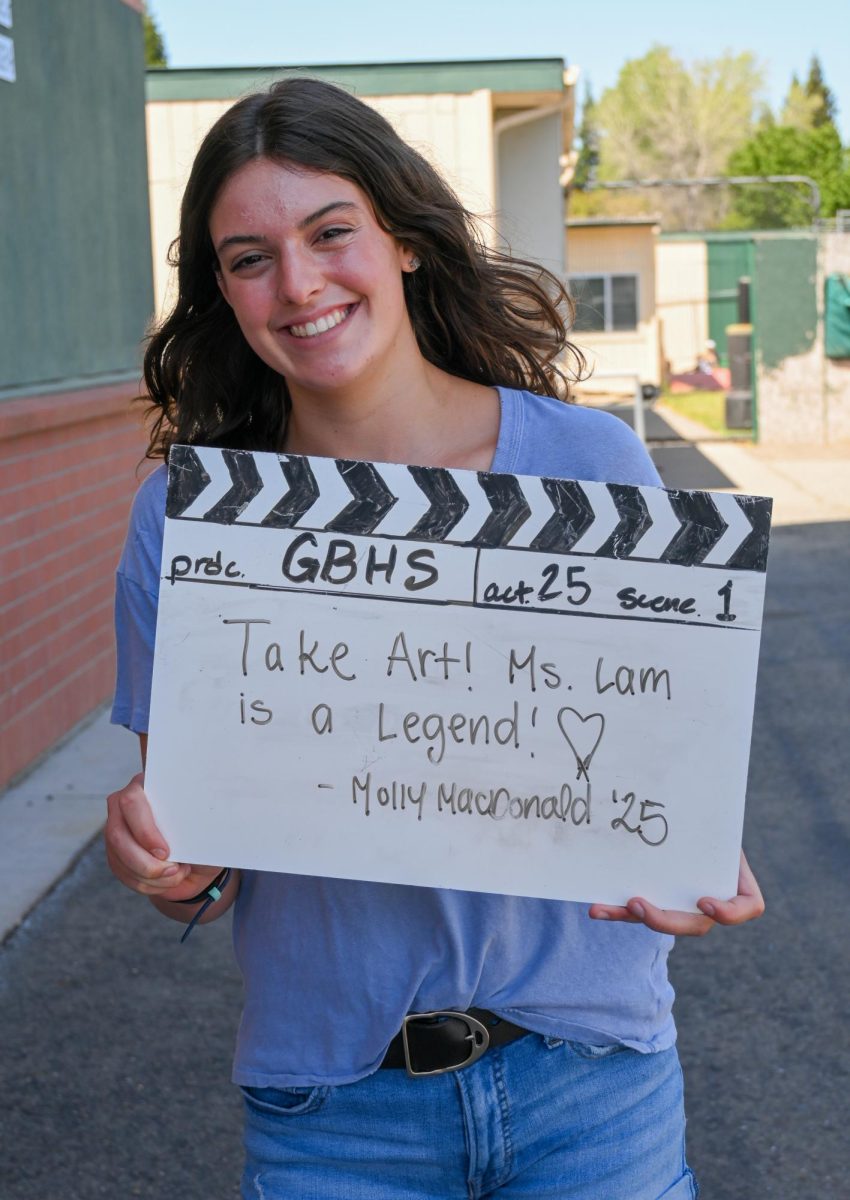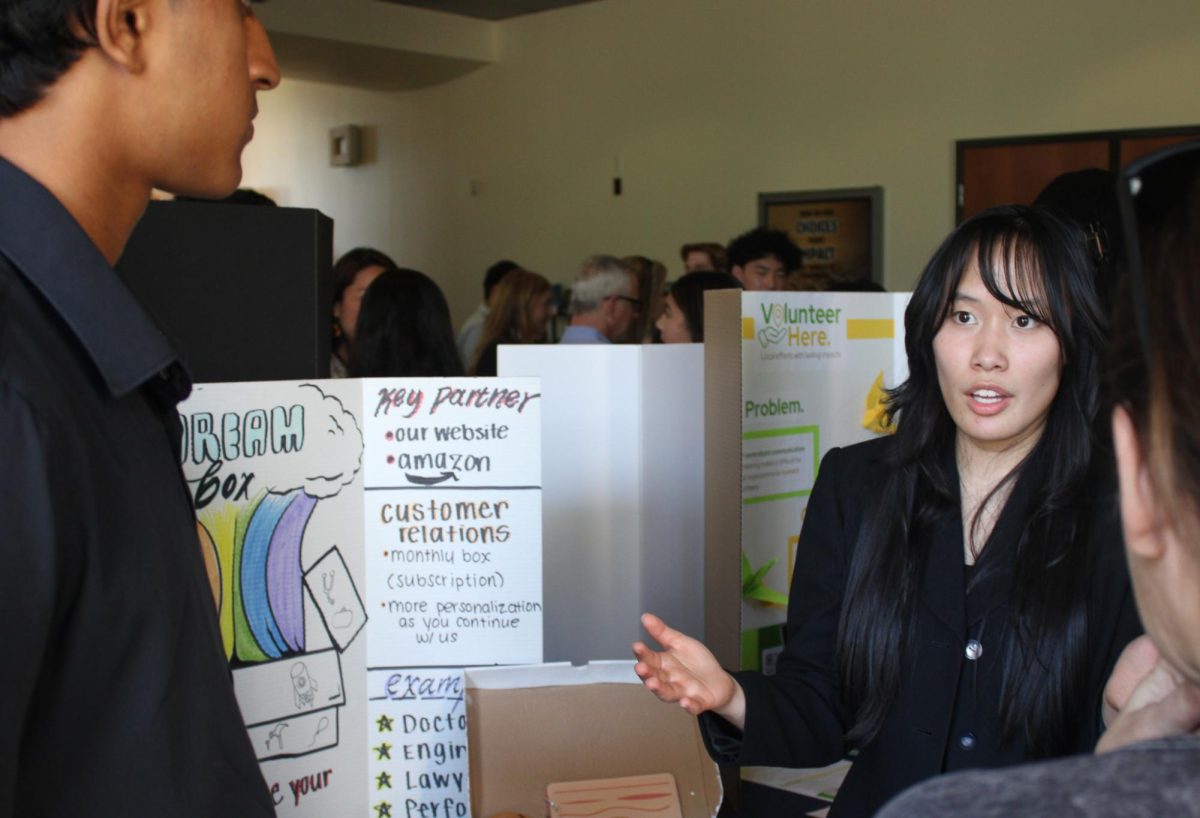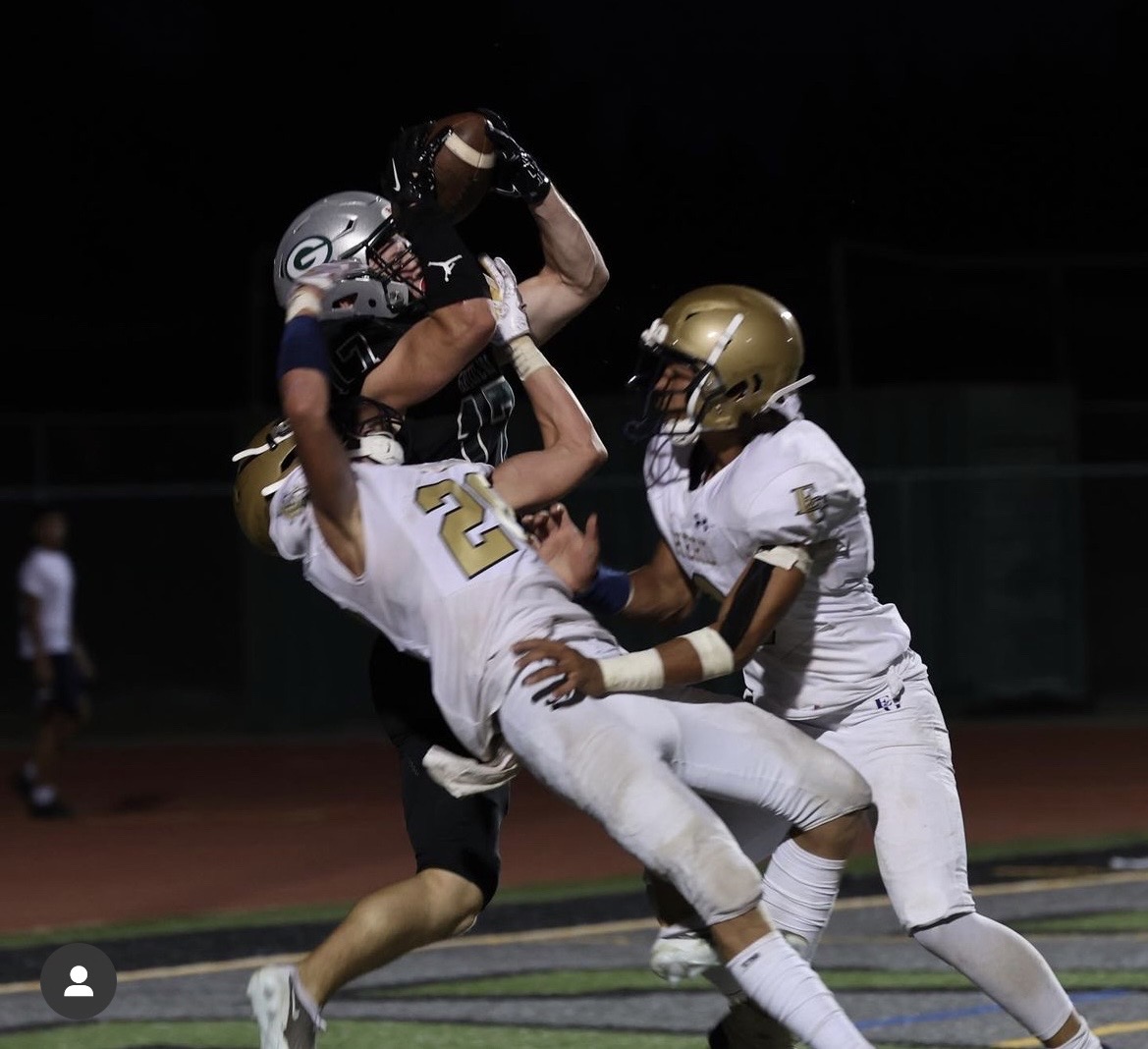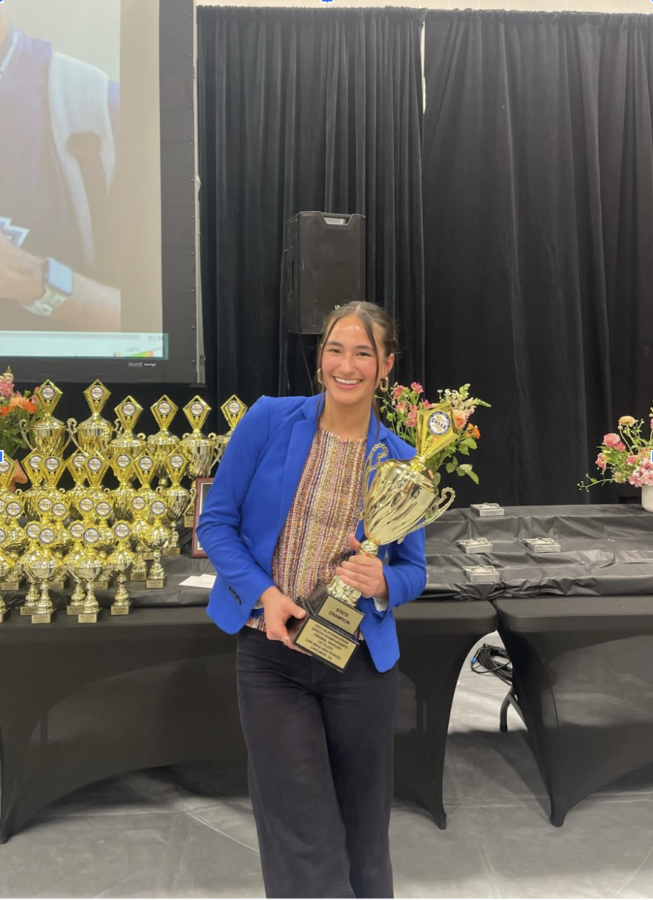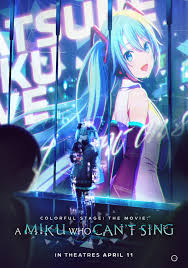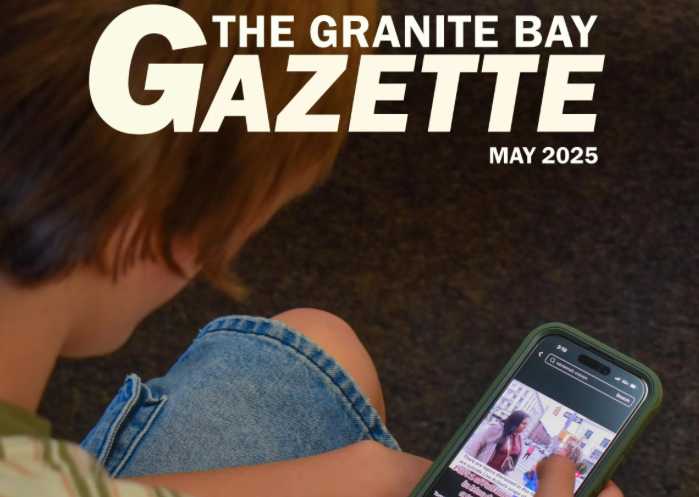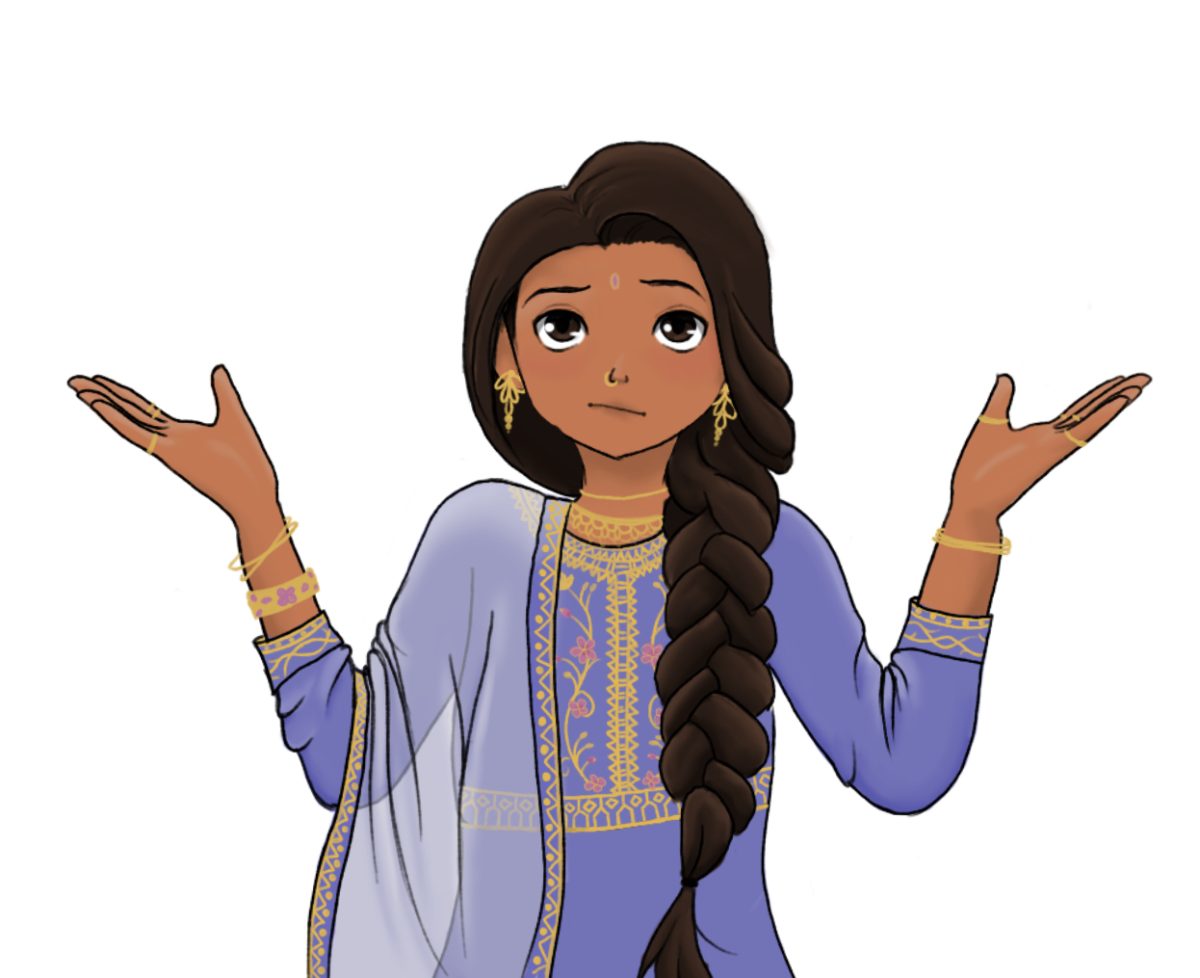The rogue swipes the magic totem. Roll the dice and add the modifiers. Check to see if the dragon noticed. Roll some more dice. The magic takes effect. Divide and it’s now time to work with decimals. Now multiply and round down. Record the data. Now roll again for the wizard to fireball the dragon.
Dungeons and Dragons, or DnD, is a tabletop roleplaying game accomplished through the players’ imaginations and the descriptive words of the Dungeon Master, the person narrates the scenarios. The game revolves around multi-sided dice. You have your good old six-sided, then you have four-sided, twelve-sided and suddenly you find yourself calculating percents with dice. Whew. That’s not it, either. Dice is used for most actions you take in DnD. You roll dice to attack, calculate damage and essentially every time when an action is taken.
As a devout DnD lover, I couldn’t help but daydream about playing DnD during school. School will be much more engaging if lessons were taught via DnD as a medium. Then I thought, is it really plausible? Games like Kahoot have achieved massive success in classrooms. According to Kahoot, 50% of all K-12 schools in the United States use Kahoot monthly.
Kahoot and Quizizz have been incorporated into everyday activities. They’re some of the most popular activities in school.
“Games like Kahoot have genuinely changed me as a person,” said Jace Kelton, a freshman at GBHS. “To play in a heart-racing game that puts you and your fellow classmates head-to-head against each other is thrilling and a joy unlike any other.”
Kahoot is loved not only by students but also staff members alike.
“Some people look at them as competition and it gets them into class,” John Sherman, IM2 math teacher, said.
According to Kahoot, eight million teachers and 97 percent of companies in Fortune 500 use the platform. Quizizz, on the other hand, claims that 86 percent of schools in the United States are actively using Quizizz.
Kahoot and Quizizz are popular because they are entertaining, engaging, and incredibly flexible. Dungeons and Dragons also fit that description, and they have been recognized globally for it.
Why can’t DnD be educational? After all, it’s infinitely flexible.
What could education mean in the first place? According to Merriam-Webster, education is “the action or process of educating or being educated.” Thanks, appreciate the help.
To find a definitive answer, I will need to ask someone who has longtime experience with education. I wonder where, oh where can I find such a person…
“Education is learning to prepare for the future and to improve you as a person,” said John Sherman.
Additionally, every class’s subject varies, meaning that something from art class wouldn’t be educationally relevant in math class.
“If tomorrow I said we’re gonna skip the test and you guys are gonna make a pot out of clay, it really wouldn’t be educational for math. But in art class, it would totally be educational,” Sherman said.
It’s fairly easy to point out the various benefits that Dungeons and Dragons brings to the table just by learning the rules. The three core central rulebooks are huge hardcovers with each one three hundred pages long. It’s a feat to even remember a quarter of the basics by heart, as it’s written towards adults and they have complicated vocabulary. Then you have the player creation process. You make up backstories for these imaginary people. You create their flaws and their bonds. DnD helps improve reading and vocabulary and promotes creative thinking.
“I think the most important part of all this was just that I made so many different friends,” said James Chin, DnD club president at GBHS and in his third year as a Dungeon Master. “I’ve made a few friend groups over my course of doing these campaigns.”
In the game, a competent campaign will have its players solving problems and practicing critical thinking. This is an example from my own experience. My players are surrounded by thugs in the middle of a desert road. There’s absolutely no way to win and they know it.
Instead of fighting, they devised their own clever ways to escape the scenario. One person, a halfling, latches upon the dark elf who then teleports his way to the surrounding rooftops. There, they begin to shoot arrows at the thugs who start climbing their way to them. In the confusion, the dwarf makes a dash for the nearby houses, and cleverly evades the thugs, who then realize they have lost their victims. Due to the game’s flexibility, players won’t have restrictions on what they want to do, and it helps, again, improve creative thinking.
I’m not the first journalist to write about the topic of DnD in education. There is so much more to discuss, and you can surf on Google for the topic.



